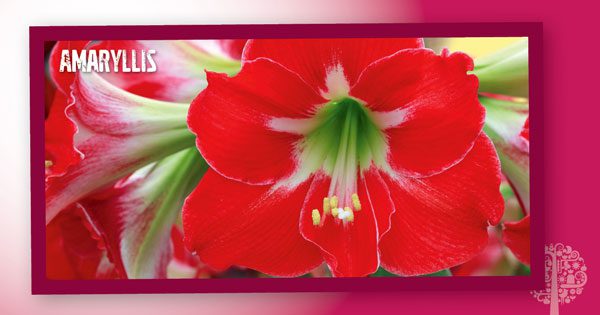We all love our pets. They are members of our family, and we want to keep them safe and healthy. However, we can’t watch them every second of the day, and anyone with a pet knows that they sometimes get into things they shouldn’t. If that “thing” is the toilet, it might be a little gross, but it won’t necessarily hurt them. However, if those “things” are individual plants, then that can be very dangerous. So, let’s all keep Max, Rover, Mittens, and Mr. FuzzyBoots safe and make sure these toxic plants are out of their reach.
Lilies

Lilies are a beautiful flower and a go-to for many husbands trying to apologize for something they did or said. However, while the Lily has the power to make a wife forgive, it also can kill a cat. Even in small amounts, if ingested, lilies can cause severe kidney damage in felines.
Azaleas

Many people grow big, beautiful Azalea bushes in their gardens or as part of their outdoor landscaping, and these pretty flowering plants can be grown indoors as well. Wherever you decide to grow them, make sure it isn’t somewhere your sweet fur baby likes to go when they need a snack. They don’t need to eat much of an Azalea before it can lead to vomiting, drooling, and diarrhea. If they do ingest some, get them to a vet immediately as the situation could worsen, leading to a coma and possibly death.
Cannabis

With continued legalization and a long list of health benefits, more people are growing cannabis plants at home these days. However, cats and dogs ingesting large and more potent amounts could lead to a lot more than just an unyielding craving for Doritos. Like many other houseplants, snacking on cannabis can cause your pet to get sleepy and disoriented. If too much is eaten, it can also lead to drooling, vomiting, diarrhea, increased heart rate, and even seizures and coma.
Amaryllis

Few Easter table settings are complete without an Amaryllis plant growing beautiful and tall sitting in the center. However, these pretty flowers contain several noxious toxins, including Lycorine, leading to gastrointestinal issues and even tremors in both cats and dogs. The amaryllis bulb is more toxic than its stalk and flowers.
Tulips

Toxins in tulips are much more concentrated in the bulbs and not as much in the flowers or leaves. So, if your dog isn’t digging up the bulbs you’ve planted, then there shouldn’t be any problems. However, if your pup decides to help out in the garden and ingests the bulbs, it can lead to tissue irritation in the mouth and throat, manifesting as vomiting, profuse drooling, and diarrhea. Depending on the amount eaten, more severe symptoms are an increased heart rate and issues with the animal’s respiration. In any case, you want to get the animal to a veterinarian right away.